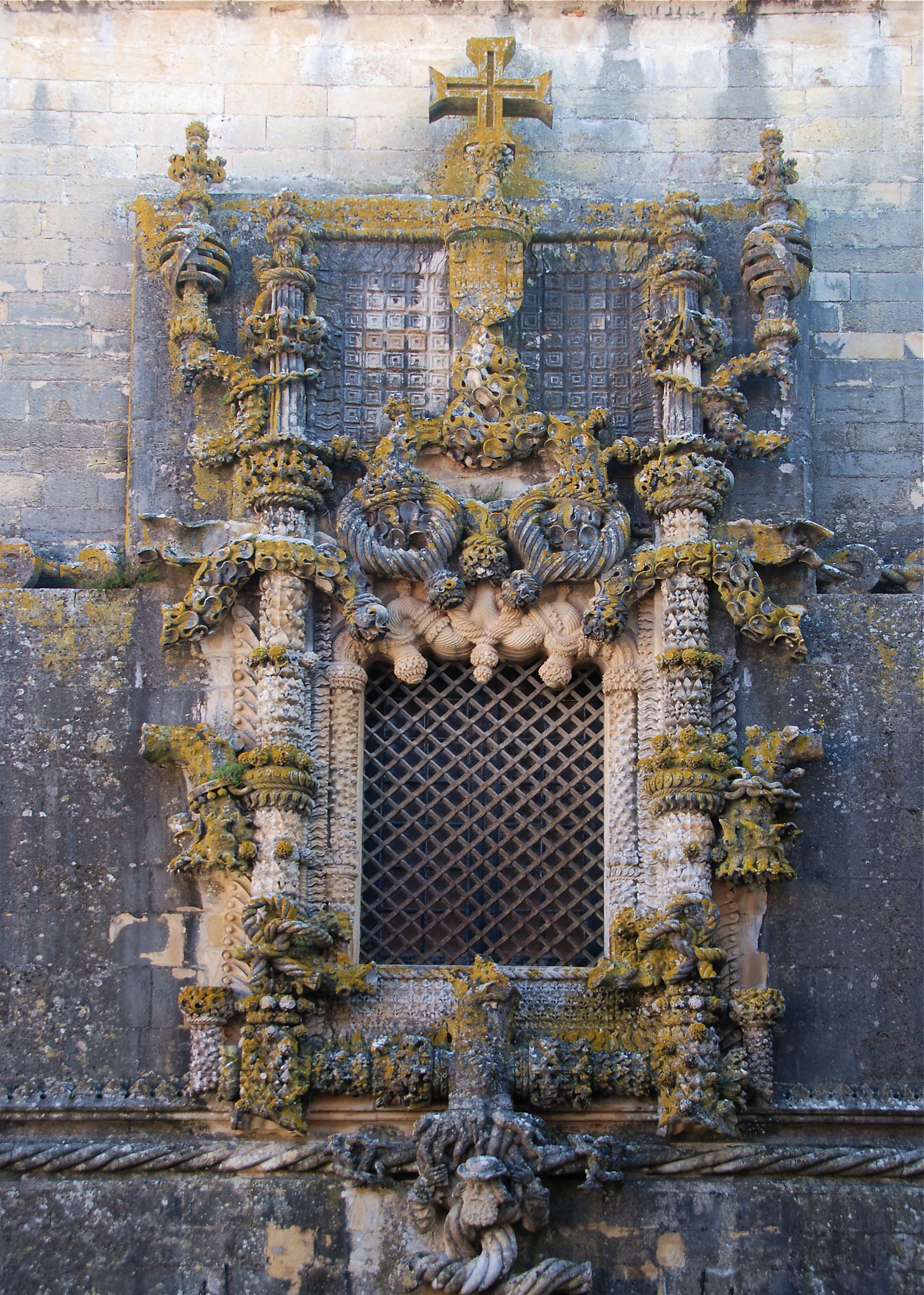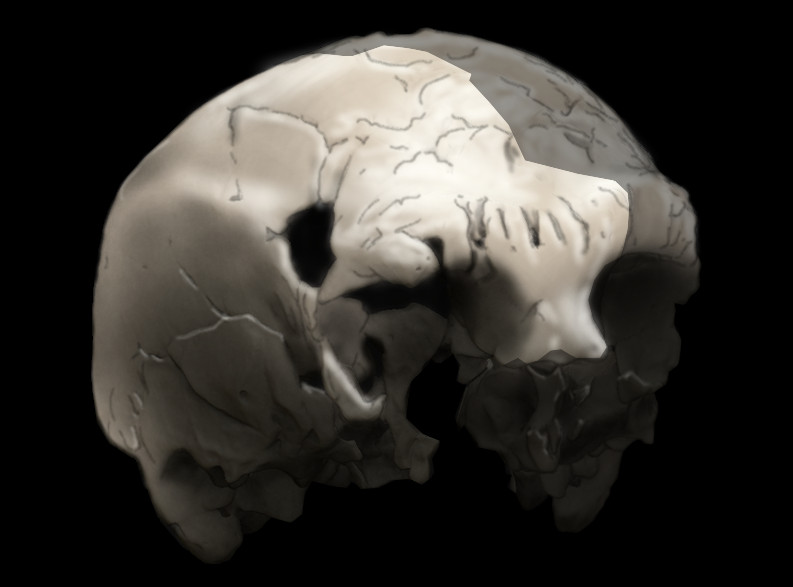|
Golegã
Golegã () is a town and municipality in Santarém District, Portugal. The population of the municipality in 2011 was 5,913,including the parish Pombalinho, that changed from the municipality of Santarém to Golegã in 2013 in an area of 84.32 km². The present Mayor is Rui Manuel Lince Singeis Medinas Duarte, elected by the Socialist Party (Portugal), Socialist Party. The municipal holiday is Ascension Day. Historical sights The main historical sight of Golegã is its main church Igreja Matriz da Golegã, built in the early 16th century in Manueline (Portuguese late Gothic architecture, Gothic) style. The remarkable main portal and the ribbed vaulting inside the main chapel are its most important artistic features. Near Golegã village is located the ''Quinta da Cardiga'', a manor house with its origin in a 12th-century donation to the Knights Templar. Originally the site of a castle, the property was remodelled in the 16th century into a Renaissance rural palace. Geography ... [...More Info...] [...Related Items...] OR: [Wikipedia] [Google] [Baidu] |
Carlos Relvas
Carlos Augusto de Mascarenhas Relvas de Campos (13 November 1838 – 23 January 1894), more commonly known simply as Carlos Relvas, was a wealthy Portuguese landowner, and sportsman. He is perhaps best known as a talented amateur Portuguese-style bullfighting, bullfighter, and as a pioneer of photography in Portugal. Biography Carlos Relvas was born in the Outeiro Palace, in Golegã, a small village in the rural province of Ribatejo Province, Ribatejo in Portugal. His father, José Farinha Relvas de Campos was one of the wealthiest landowners in Ribatejo. He was educated by private tutors in science and foreign languages, namely French. Carlos Relvas inherited a veritable fortune and extensive land from his parents, but was always held in high regard for his charitability. Of an artistic disposition, he soon turned to photography. In 1876, he had an opulent ''atelier'' built in one of his properties in Golegã, and bought several of the most modern photographic apparatuses fr ... [...More Info...] [...Related Items...] OR: [Wikipedia] [Google] [Baidu] |
Azinhaga
Azinhaga do Ribatejo or simply Azinhaga () is a village and a civil parish in the municipality of Golegã, Santarém District, Lezíria do Tejo (roughly the same territory of the historical province of Ribatejo), Portugal. The population of Azinhaga civil parish in 2011 was 1,620,Monsanto, in Idanha-a-Nova, won the title of Portugal's Most Portuguese Village). From the mid-1940s to the 1980s, Azinhaga was the site of a nationally renowned tomato paste factory - the ''Sociedade Industrial de Concentrados'' (SIC). Like many other previously successful Portuguese exporters (i.e. Companhia União Fabril, CUF and others), it didn't survive the far-left politics, labor movement-inspired PREC (1975) and its influence over Portuguese economy, society and government policies. In the 1990s, 2000s and 2010s, Azinhaga benefited from European Union Structural and Cohesion Funds. Several amenities were built, expanded or modernized during this period, from comprehensive asphalt road and sewer sys ... [...More Info...] [...Related Items...] OR: [Wikipedia] [Google] [Baidu] |
Igreja Matriz Da Golegã
Igreja Matriz da Golegã is a church in the town Golegã, Portugal. It is classified as a National Monument A national monument is a monument constructed in order to commemorate something of importance to national heritage, such as a country's founding, independence, war, or the life and death of a historical figure. The term may also refer to a sp .... Churches in Santarém District National monuments in Santarém District Golegã {{Portugal-church-stub ... [...More Info...] [...Related Items...] OR: [Wikipedia] [Google] [Baidu] |
Pombalinho
Pombalinho () is a village and a civil parish in the municipality of Golegã, Portugal. The population in 2011 was 448, in an area of 7.70 km2. History Located on the right bank of the Tagus River, 22 kilometers northeast of the city of Santarém, in Roman antiquity it was an important satellite town of that city, which was founded by the Romans who occupied the region in the 2nd century BC and named the larger settlement Scalabis. Pombalinho was formerly called Santa Cruz do Pombal but became known from the 18th century onwards by the name of Pombalinho to distinguish it from other villages with the same name, especially the town of Pombal. The 1st Baron of Pombalinho, António Vasques da Cunha de Araújo Porto Carrero, was mentioned on Almeida Garrett's (1799 – 1854) ''Viagens na Minha Terra'' (Travels in My Homeland). Before 2013, it was part of Santarém municipality. In 2013 the civil parish of Pombalinho was merged into the municipality of Golegã. Geography The ter ... [...More Info...] [...Related Items...] OR: [Wikipedia] [Google] [Baidu] |
José Relvas
José Maria de Mascarenhas Relvas de Campos ( Golegã, Golegã, 5 March 1858 – Alpiarça, Casa dos Patudos, 31 October 1929; , was a Portuguese politician and Prime Minister of Portugal. Personal life Jose was married to Eugénia de Loureiro Queirós Couto Leitão. He had three children: Carlos, João and Maria Luísa. Political career An historic republican, he proclaimed the republic from the balcony of the Municipal Chamber of Lisbon, on 5 October 1910. He was the second Minister of Finance during the provisional government led by Teófilo Braga, from 12 October 1910 to 3 September 1911. After that, he served as ambassador of Portugal in Madrid, from 1911 to 1914. He was President of the Ministry (Prime Minister), from 27 January to 30 March 1919, in one of the many short-lived governments of the Portuguese First Republic. His house in Alpiarça Alpiarça () is a municipality in Santarém District in Portugal. The population in 2011 was 7,702, in an area of 95.36& ... [...More Info...] [...Related Items...] OR: [Wikipedia] [Google] [Baidu] |
Manuel Bento
Manuel Galrinho Bento (25 June 1948 – 1 March 2007) was a Portuguese professional footballer who played as a goalkeeper. Bento was best known for his 20-year spell at Benfica, having retired well into his 40s after appearing in nearly 650 official games. He represented Portugal at Euro 1984 and the 1986 World Cup, helping the national team reach the semi-finals in the former tournament. Chosen by Portuguese sports newspaper '' Record'' as one of the best 100 Portuguese footballers, Bento won the ''Goalkeeper of the Year'' award a best-ever eight times. In January 2015, he was chosen by the UEFA website as one of Europe's favourite goalkeepers. Club career Bento was born in Golegã, Santarém District. After various youth spells, including one with Sporting CP, he started professionally at F.C. Barreirense, being transferred to S.L. Benfica for the 1972–73 season. Bento started with Benfica as a backup to another Portuguese keeper, José Henrique. After three yea ... [...More Info...] [...Related Items...] OR: [Wikipedia] [Google] [Baidu] |
Manueline
The Manueline (, ), occasionally known as Portuguese late Gothic, is the sumptuous, composite Portuguese architectural style originating in the 16th century, during the Portuguese Renaissance and Age of Discoveries. Manueline architecture incorporates maritime elements and representations of the discoveries brought from the voyages of Vasco da Gama and Pedro Álvares Cabral. This innovative style synthesizes aspects of Late Gothic Flamboyant architecture with original motifs and influences of the Plateresque, Mudéjar, Italian, and Flemish architecture. It marks the transition from Late Gothic to Renaissance. The construction of churches and monasteries in Manueline was largely financed by proceeds of the lucrative spice trade with Africa and India. The style was given its name, many years later, by Francisco Adolfo de Varnhagen, Viscount of Porto Seguro, in his 1842 book ''Noticia historica e descriptiva do Mosteiro de Belem, com um glossario de varios termos respectivos ... [...More Info...] [...Related Items...] OR: [Wikipedia] [Google] [Baidu] |
Lezíria Do Tejo
The Comunidade Intermunicipal da Lezíria do Tejo (; "Tagus Floodplain") is an administrative division in Portugal. It was established as an ''Associação de Municípios'' in 1987, converted into a ''Comunidade Urbana'' in 2003, and converted into a ''Comunidade Intermunicipal'' in November 2008. It is also a NUTS3 subregion of the Oeste e Vale do Tejo. The seat of the intermunicipal community is the city of Santarém. Lezíria do Tejo comprises municipalities of the former districts of [...More Info...] [...Related Items...] OR: [Wikipedia] [Google] [Baidu] |
Santarém District
The District of Santarém ( ) is a district of Portugal, located in Portugal's West and Tagus Valley region. The district capital is the city of Santarém. The district is the 3rd largest in Portugal, with an area of , and a population of 475,344 inhabitants, giving it a population density of 70 people per sq. kilometer (180 people per sq. mile). Municipalities The district includes the following 21 municipalities. * Abrantes * Alcanena * Almeirim * Alpiarça * Benavente * Cartaxo * Chamusca * Constância * Coruche * Entroncamento * Ferreira do Zêzere * Golegã * Mação * Ourém * Rio Maior * Salvaterra de Magos * Santarém * Sardoal * Tomar * Torres Novas * Vila Nova da Barquinha Summary of votes and seats won 1976–2022 , - class="unsortable" !rowspan=2, Parties!!%!!S!!%!!S!!%!!S!!%!!S!!%!!S!!%!!S!!%!!S!!%!!S!!%!!S!!%!!S!!%!!S!!%!!S!!%!!S!!%!!S!!%!!S!!%!!S , - class="unsortable" align="center" !colspan=2 , 1976 !colspan=2 , 1979 !colspan=2 , 1980 !co ... [...More Info...] [...Related Items...] OR: [Wikipedia] [Google] [Baidu] |
José Saramago
José de Sousa Saramago (; 16 November 1922 – 18 June 2010) was a Portuguese people, Portuguese writer. He was the recipient of the 1998 Nobel Prize in Literature for his "parables sustained by imagination, compassion and irony [with which he] continually enables us once again to apprehend an elusory reality." His works, some of which can be seen as Allegory, allegories, commonly present Subversion, subversive perspectives on historic events, emphasizing the Theopoetics, theopoetic human factor. In 2003 Harold Bloom described Saramago as "the most gifted novelist alive in the world today" and in 2010 said he considers Saramago to be "a permanent part of the Western canon", while James Wood (critic), James Wood praises "the distinctive tone to his fiction because he narrates his novels as if he were someone both wise and ignorant." More than two million copies of Saramago's books have been sold in Portugal alone and his work has been translated into 25 languages. A proponent ... [...More Info...] [...Related Items...] OR: [Wikipedia] [Google] [Baidu] |
Portugal
Portugal, officially the Portuguese Republic, is a country on the Iberian Peninsula in Southwestern Europe. Featuring Cabo da Roca, the westernmost point in continental Europe, Portugal borders Spain to its north and east, with which it shares Portugal-Spain border, the longest uninterrupted border in the European Union; to the south and the west is the North Atlantic Ocean; and to the west and southwest lie the Macaronesia, Macaronesian archipelagos of the Azores and Madeira, which are the two Autonomous Regions of Portugal, autonomous regions of Portugal. Lisbon is the Capital city, capital and List of largest cities in Portugal, largest city, followed by Porto, which is the only other Metropolitan areas in Portugal, metropolitan area. The western Iberian Peninsula has been continuously inhabited since Prehistoric Iberia, prehistoric times, with the earliest signs of Human settlement, settlement dating to 5500 BC. Celts, Celtic and List of the Pre-Roman peoples of the Iberia ... [...More Info...] [...Related Items...] OR: [Wikipedia] [Google] [Baidu] |
Horse
The horse (''Equus ferus caballus'') is a domesticated, one-toed, hoofed mammal. It belongs to the taxonomic family Equidae and is one of two extant subspecies of ''Equus ferus''. The horse has evolved over the past 45 to 55 million years from a small multi-toed creature, '' Eohippus'', into the large, single-toed animal of today. Humans began domesticating horses around 4000 BCE in Central Asia, and their domestication is believed to have been widespread by 3000 BCE. Horses in the subspecies ''caballus'' are domesticated, although some domesticated populations live in the wild as feral horses. These feral populations are not true wild horses, which are horses that have never been domesticated. There is an extensive, specialized vocabulary used to describe equine-related concepts, covering everything from anatomy to life stages, size, colors, markings, breeds, locomotion, and behavior. Horses are adapted to run, allowing them to quickly escape predator ... [...More Info...] [...Related Items...] OR: [Wikipedia] [Google] [Baidu] |




